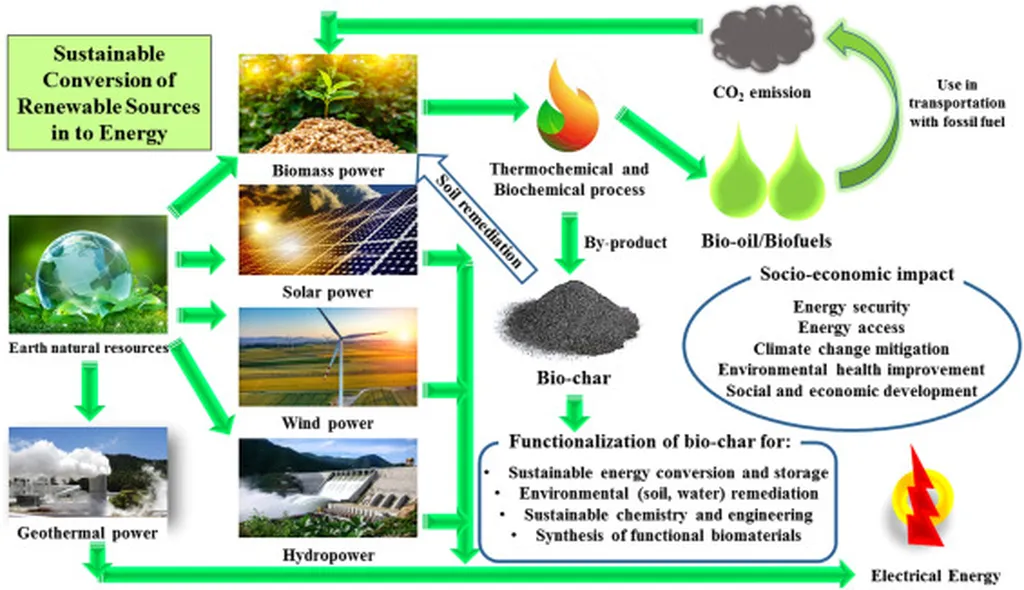The global energy landscape is undergoing a significant shift, with renewables surpassing coal in electricity generation for the first time. This milestone, predicted by the International Energy Agency (IEA) for 2020, has been achieved in the first half of this year, according to Ember, an energy think tank. This transition to cleaner energy sources has implications for the agriculture sector and investors alike.
The growth of renewables has been particularly notable in developing countries, where rising energy costs and frequent blackouts have spurred a surge in solar panel adoption. In Nigeria, Zambia, Pakistan, and other nations, homeowners are turning to solar power to meet their energy needs. Meanwhile, India is at the cusp of a solar boom, with analysts predicting significant growth in the sector.
Looking ahead, the IEA anticipates that the world will add 4,600 gigawatts of renewable capacity by 2030, roughly equivalent to the combined capacity of China, Japan, and the EU. Solar power is expected to dominate this growth, accounting for 80 percent of the new capacity. Despite this remarkable progress, the global renewable capacity is set to more than double by the end of the decade, falling short of the tripling target set by countries.
However, the outlook for renewables is not uniformly positive. In the U.S., analysts predict that renewables will grow roughly half as fast as previously expected, due to the Trump administration’s dismantling of support for clean energy. This shift in policy has led to a 36 percent drop in clean energy investment in the U.S. between the second half of last year and the first half of this year.
For the agriculture sector, the transition to renewables presents both opportunities and challenges. On one hand, renewable energy can help reduce the sector’s carbon footprint and mitigate the impacts of climate change. On the other hand, the shift away from fossil fuels may increase energy costs for farmers in the short term, as they invest in new technologies and infrastructure.
Investors, too, must navigate this evolving energy landscape. While the global trend towards renewables presents significant investment opportunities, the uncertain policy environment in the U.S. and other key markets adds a layer of risk. Investors will need to carefully assess the potential returns and risks associated with renewable energy projects, taking into account the unique challenges and opportunities presented by each market.
In conclusion, the global shift towards renewables is a significant development with far-reaching implications for the agriculture sector and investors. While the transition presents opportunities for reducing emissions and driving innovation, it also poses challenges that must be carefully managed. As the energy landscape continues to evolve, stakeholders will need to adapt and innovate to ensure a sustainable and prosperous future for all.

